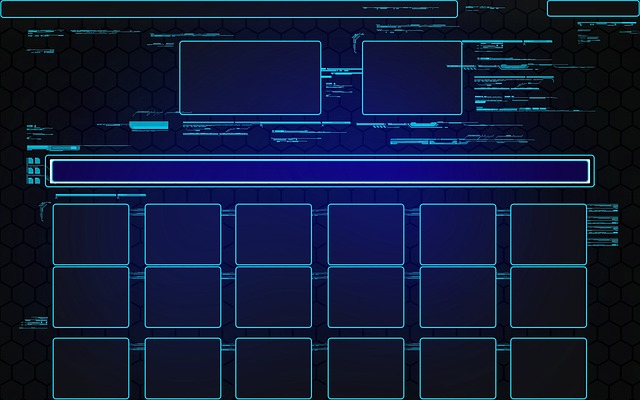
Designing a Seamless User Interface: Unleashing the Power of IT in Information Technology
User interface design (UI) is a crucial aspect of the software development process that significantly impacts how users interact with digital products. In the fast-paced world of information technology (IT), creating a seamless user experience is essential for ensuring user satisfaction and engagement. As technology evolves, so does the need for effective UI design, and understanding its importance can make all the difference in the success of software applications.
In the realm of IT, user interface design is not just about how things look; it’s about how they function. A well-thought-out UI can turn a complex software tool into an intuitive platform that users can navigate effortlessly. This is particularly relevant in a world driven by information technology, where users are consistently bombarded with options and functionalities. A poorly designed interface can leave users frustrated and lead to decreased productivity or even abandonment of the software altogether.
To create a user-friendly interface, designers must focus on several key principles. First and foremost, understanding the target audience is essential. User research techniques such as surveys, interviews, and usability testing enable designers to gather valuable insights into what users need and expect from the software. By designing with empathy and putting the user’s needs at the forefront, UI designers can eliminate confusion and create an experience that resonates with users.
Another critical aspect of user interface design in IT is responsiveness. With a wide array of devices ranging from smartphones to tablets and desktops, a seamless experience must adapt to different screen sizes and resolutions. Responsive design ensures that applications function smoothly, regardless of the device used, which is vital in a mobile-first world where users seek access to information anytime and anywhere.
Additionally, incorporating accessibility features into UI design cannot be overlooked. As information technology continues to transform into an all-encompassing part of daily life, ensuring that software is usable by individuals with diverse abilities is crucial. Following established guidelines such as the Web Content Accessibility Guidelines (WCAG) helps create interfaces that everyone, regardless of physical challenges, can navigate and interact with effectively.
Furthermore, the visual hierarchy plays a significant role in user interface design. Proper use of typography, colors, and spacing can guide users’ attention to essential elements and actions within the software. Visually appealing interfaces not only enhance usability but also contribute to the overall aesthetic of the product, instilling a sense of trust and professionalism in users.
As we delve deeper into the complexities of UI design, it’s essential to emphasize the collaborative nature of the process. Designers, developers, and stakeholders must work in tandem to create a cohesive product that aligns with both user needs and business objectives. Agile methodologies have proven to be effective in facilitating this collaboration, allowing teams to iterate quickly and refine UI designs based on user feedback.
User interface design is a powerful tool in the field of information technology, influencing how users interact with software and enhancing their overall experience. By prioritizing usability, responsiveness, accessibility, and collaboration, software developers can unleash the full potential of their applications, ensuring that they not only meet user needs but also provide a delightful experience that keeps users coming back. In the ever-evolving landscape of IT, a well-crafted UI can be the difference between mediocrity and excellence, fostering a connection between technology and its users in a meaningful way.


